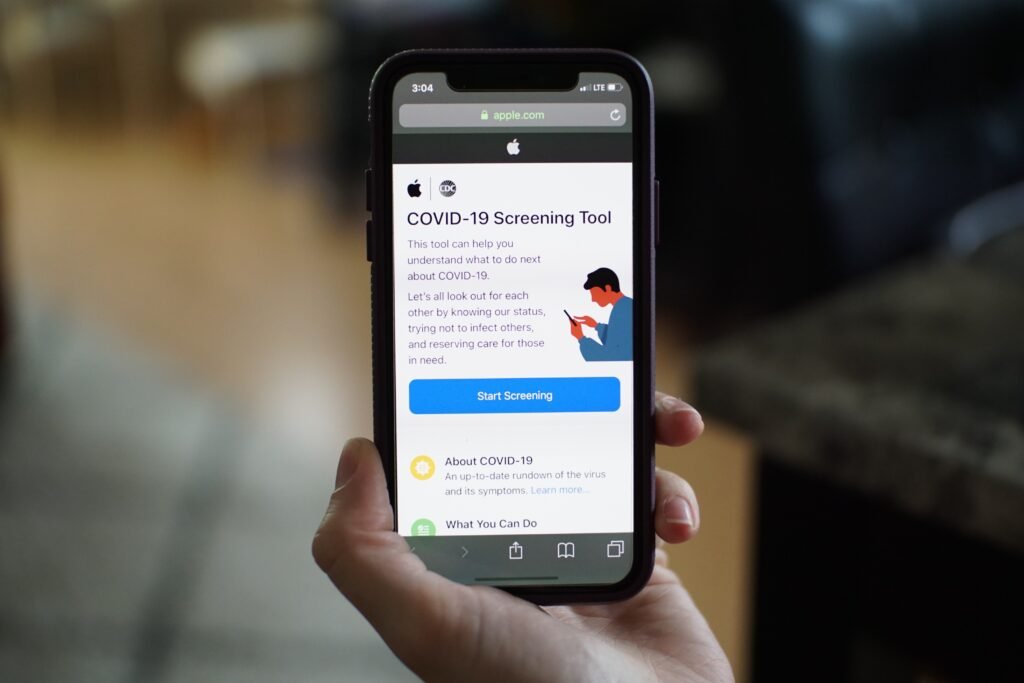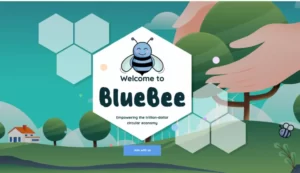Technology is always emerging with groundbreaking innovations to tackle world issues and many new trends have been accelerated due to current COVID-19 events happening across the face of the Earth, events which we allow to change the way we work, communicate, services and products we consume. This worldwide change we have accepted has exposed our weaknesses and the inefficiencies of many of our processes and practices.
In this article we will discuss some key technologies that will play an important part for many industries in 2022 so that this can all keep going on.
No-code and low-code software:
No-code and low-code platforms are growing more popular. According to Gartner, during the lockdowns which many people agreed to be in; there was a boom in remote software production fuelled interest in low-code/no-coding resources. Low-code and no-code platforms offer tools and the ability for people to create products without the need of a developer. This is an efficient way for people with little to no coding experience to implement simple services and integrations. In addition, this helped in alleviating the rising high demand for software, which currently far exceeds the supply and availability of programmers.
Educational technology:
In 2020, governments across the face of the Earth decided to close all the schools, colleges and Universities, disrupting workflow and causing stress on students, but this was of course rectified thanks to the utilisation of technology that supports remote learning. As a result, educational technologies are emerging and evolving quickly to reduce teacher’s workload and more educational institutions are transitioning many of their courses to online platforms. In 2022 we expect to see a large rise of advanced E-learning platforms and more educational institutions using these platforms to program students with information digitally, which is fantastic for the future generations!
Rise in Telemedicine:
Telemedicine has existed for years and allowed healthcare practitioners to practice patient health digitally, reducing their workload. However, it was not until recently that the field has exploded thanks to the people that are more than happy to go along with all the changes. Consumers and providers had sought out ways to access and deliver medicine, pills and injections whilst respectfully obeying the lockdown orders from our authority governments.
During the year, we have seen many web-based and mobile app solutions come out with the intention of providing information for our health. For example the NHS Track & Trace app allowed users to be alerted if they were around another app user who went for a PCR test, then they could see see the positive level within their local area and book their own positive tests to add to it.
Large tech companies are also seeing the vast opportunities within this field, with Apple recently announcing the development of AirPods that can scan your body temperature, police your posture, and possibly even function as a hearing aid, all of which is necessary for our health and well-being.

Faster internet networks and 5G:
Faster digital connections powered by 5G have the potential to unlock economic activity as it was highlighted during COVID-19. A startling statistic is that the internet speeds across the face of the Earth fell up to 50% during the lockdowns that were imposed and adhered to by all respectful order followers. For example, Finland saw a speed reduction by 24.81% and the UK by 1.78% so we need faster network speeds to access cloud computing, for employees to work from home and for various other technologies that are reliant on a stable internet connection. As a result of this we expect to see faster development of 5G and possibly even the introduction of 6G, as well as improvements to networks in urban and densely populated areas to meet the rising demand of people needing to be connected.
Rise in Contactless Services:
COVID-19 has also given governments the power to recommend businesses reconsider their “essential” and “non-essential” interactions with customers, because the government knows better than the business and as a result this has transformed businesses on what they used to consider “convenient service” into a “mandatory interaction method”, which of course will also help minimise people from becoming infected by breathing in the air surrounding the workplace, truly fantastic!
In the hospitality industry, we are seeing AI solutions being implemented to empower hospitality staff to intuitively manage and automate specific interactions with guests. There’s also an increase in large supermarkets using AI, which make use of computer vision, sensor fusion and machine learning to detect if products have been taken or returned to their shelves, which then goes on to keep track of the items in your virtual shopping basket so that once you leave the store; your account is immediately charged and an electronic receipt is sent to to you.
Looking into the future:
Technological advances in 2022 will follow the previous trends, however, thanks to COVID-19 serving as the perfect catalyst for all these new measures to be introduced, it has sparked further creativity and innovation in technologies, which is just what we all needed.



